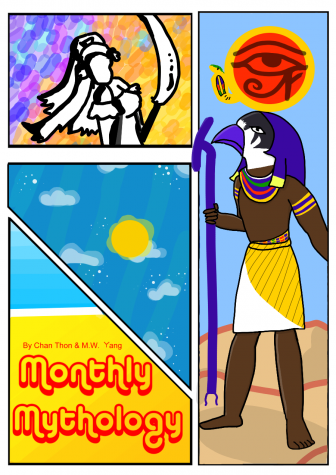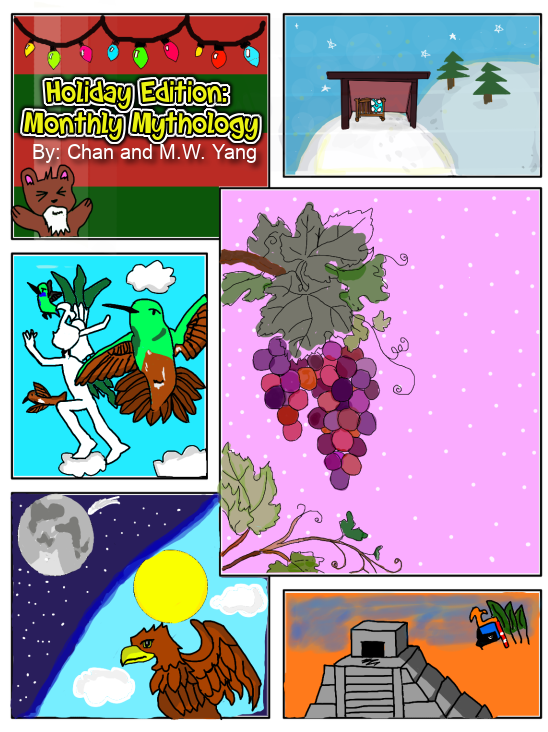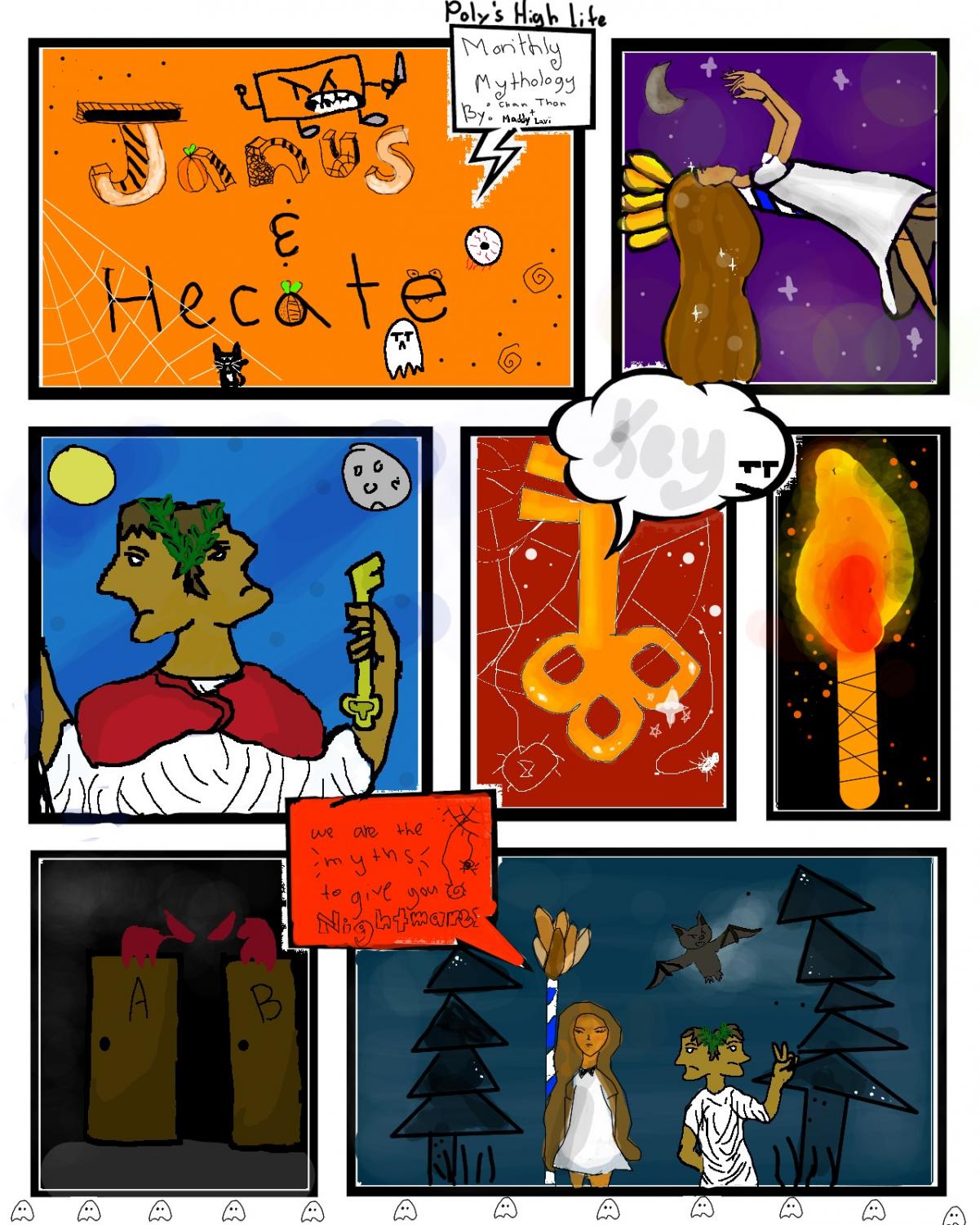
Amaterasu
The sun is a universal symbol of life, happiness, and energy. Due to its distance yet illuminating light, it often is associated with a celestial body and divine powers. In Japanese myth, Amaterasu-Ōmikami (天照大御神, 天照大神) is the celestial body that takes care of the sun and keeps its course in the sky. She was believed to live in a sacred cave and was one of the “three precious children” of the Japanese creator god (named Izanagi). She would spend most of her days weaving cloaks for the gods to wear, and the color of the cloaks would relate to the weather of the day: bright-colored clothes were associated with a sunny day, and dark-colored clothes were associated with a cloudy day.
Izangi declared that because Amaterasu was the brightest and the oldest, she would be in command. Eventually, her two other brothers would both leave heaven (that they remained on), while Amasteru would stay. Her younger brother, Susanoo, was furious: he tormented her, destroyed her fields, defecated in her palace, and flayed her prize horse. But it was when Susanoo killed one of the servants that Amasteru became consumed by sadness and secluded herself in a cave. Since Amaterasu was not there to bring daylight, the world was left in disarray and darkness. She would eventually step out when the gods lured her with a mirror (knowing that she would be enchanted by her beauty), making her inclined to step out of darkness and bring light back to the world.
Ra
The sun is worshipped as a symbol of life because it has the power to ripen crops. Ra is known as the creator and king of all deities, patron of the sun. Ra was considered the King of Gods in Egypt, where pharaohs were considered as the sons of the sun god. According to Egyptian myth, darkness covered the waters of Nun before creation. The sun god is said to have risen from these waters as a benben stone or obelisk-like pillar, willing himself into existence. Ra then created the first gods: Shu, the god of dryness and air and the goddess of humidity, and Tefnut, who created other gods to complete the universe. Humans are said to be born of Ra’s tears and while polishing his creations, humanity rebelled against him. To stop the rebellion, Ra decided to exterminate humanity, where he sent his tear-giving eye to finish the task. The eye transformed herself into a fierce lioness to massacre the humans, but Ra stopped her when he witnessed the chaos.
After stopping the massacre, Ra went on a journey to the Otherworld. The world became illuminated when Ra sailed by the sky from the Eastern horizon to the West, which created 12 hours of the day with light. When he reached the Western horizon, he sailed the Underworld, leaving Earth in darkness for 12 hours. During this time, Ra associates with Osiris, the god of resurrection and the Underworld, in order to regenerate. Ra is able to combine with different deities: when he is associated with a creator deity known as Amun, Ra represents the universal, raw power of the sun. At dawn, Ra appears in the form of a falcon on the Eastern horizon, where he is known as Hor-akhty or Horus of the Horizon. He is also represented as a scarab beetle called Kheper, meaning “the one that comes into being.” Ra regained his form of Ra at midday and is currently represented by the sun disk. At sunset, he became Atum, an old man who was ready to vanish and be reborn for a new day.



